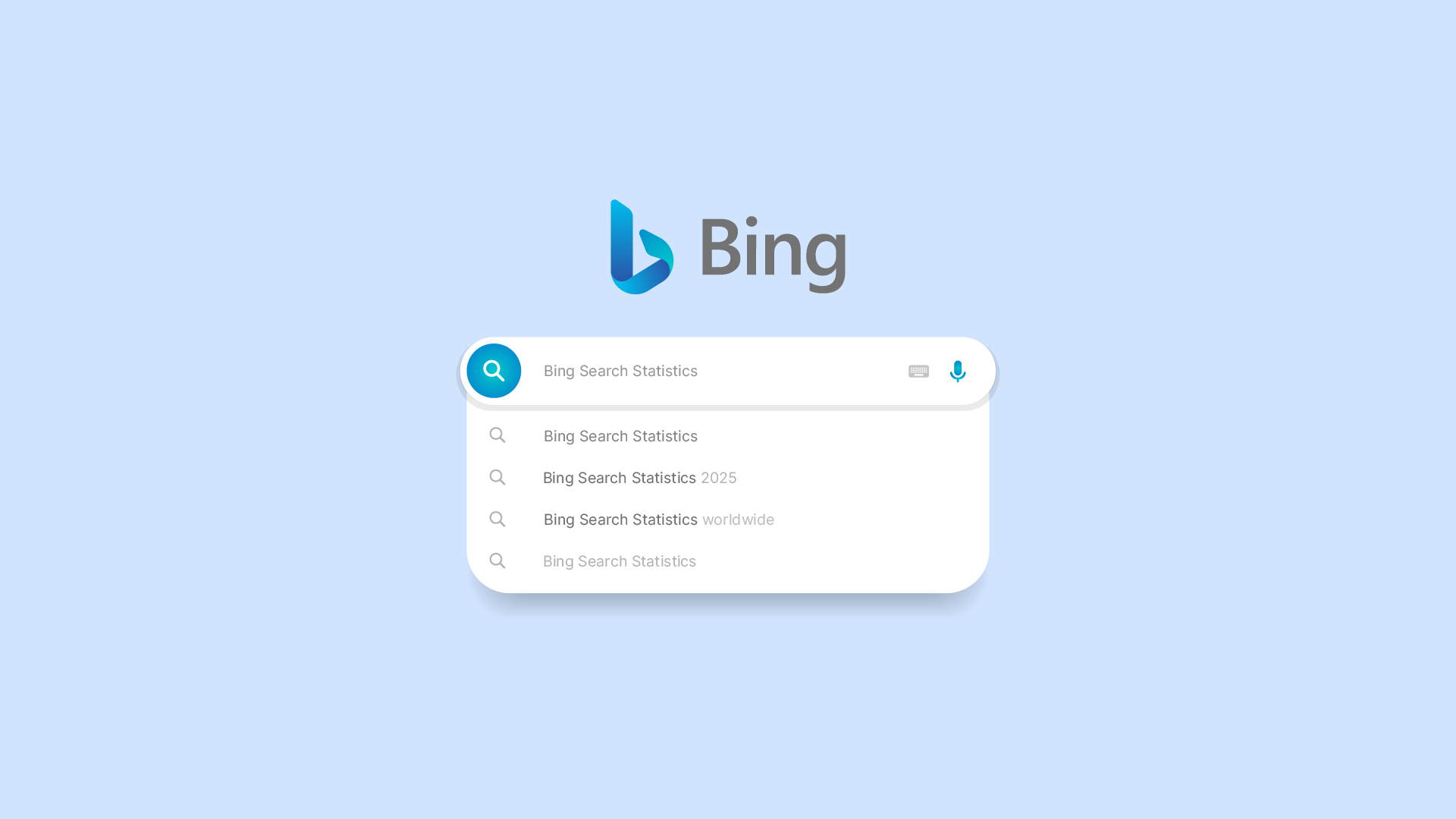|
Getting your Trinity Audio player ready...
|
Discover the significance of keyword research, its role in SEO strategy, methods to conduct research, and selecting appropriate keywords for your website.
In today’s digital landscape, where businesses are vying for the top spot on search engine results pages (SERPs), mastering the art of keyword research is not just a competitive advantage but a necessity.
Understanding the average monthly search volume is crucial in the keyword discovery process. It helps identify popular keyword variations and balance between targeting competitive high-volume keywords and less competitive low-volume ones to maximize strategic advantage.
Whether you’re a seasoned marketer or just dipping your toes into the world of online visibility, understanding the fundamentals of keyword research is paramount for the success of your website.
In this comprehensive beginner’s guide, we’ll break down the intricacies of keyword research, and its significance in the realm of SEO, and provide actionable steps to help you conduct effective keyword research for your website.
Keyword Research
keyword research is the process of identifying the specific terms and phrases that users input into search engines like Google when seeking information, products, or services.
What is Keyword Research?
At its core, keyword research is the process of identifying the specific terms and phrases that users input into search engines like Google when seeking information, products, or services.
These keywords serve as the bridge connecting your content to your target audience, influencing your website’s visibility and ranking on SERPs.
Keyword Research: The Foundation of SERP Success
In addition to improving SEO performance, keyword research can also provide valuable insights into consumer behavior and trends within a particular market.
Understanding which keywords are driving traffic and conversions allows businesses to tailor their marketing strategies to better meet the needs of their target audience.
By staying up-to-date with keyword trends and regularly revisiting their keyword strategy, companies can ensure that they remain competitive in the ever-evolving digital landscape.
Definition of Keyword Research
Keyword research is the process of identifying and analyzing the words and phrases that people enter into search engines to find relevant information online.
It is a crucial step in search engine optimization (SEO) that helps businesses and individuals understand their target audience’s search habits, identify relevant keywords, and create content that resonates with them.
By understanding what terms your potential customers are searching for, you can tailor your content to meet their needs, thereby improving your website’s visibility and ranking on search engines.
Effective keyword research ensures that your content aligns with the search intent of your audience, making it more likely to attract and engage visitors.
Why is keyword research important?
Keyword research is crucial for any online business or website looking to attract the right audience.
By understanding which keywords are most relevant to your target market, you can tailor your content to match their search intent and provide them with valuable information they are actively seeking.
This not only increases your visibility on search engine results pages but also helps establish your authority in your industry.
Moreover, keyword research is an essential component of a successful inbound marketing strategy.
By focusing on the keywords and search terms that resonate with your audience, you can create high-quality, engaging content that addresses their needs and concerns. This approach helps build trust with your audience and encourages them to engage with your brand further.
In essence, keyword research allows you to align your content strategy with the interests and behaviors of your target audience, ultimately driving more traffic to your site and increasing conversions.
Here are some highlights to what keyword research brings
Marketing Trend Insight
Keyword research offers invaluable insights into prevailing market trends and consumer behavior. By analyzing trending keywords within your niche, you can stay ahead of the curve and tailor your content to meet the evolving needs and interests of your target audience.
Traffic Growth
Effective keyword optimization can significantly impact your website’s organic traffic. By strategically incorporating relevant keywords into your content, you increase the likelihood of appearing higher in search results, thereby attracting more clicks and visitors to your site.
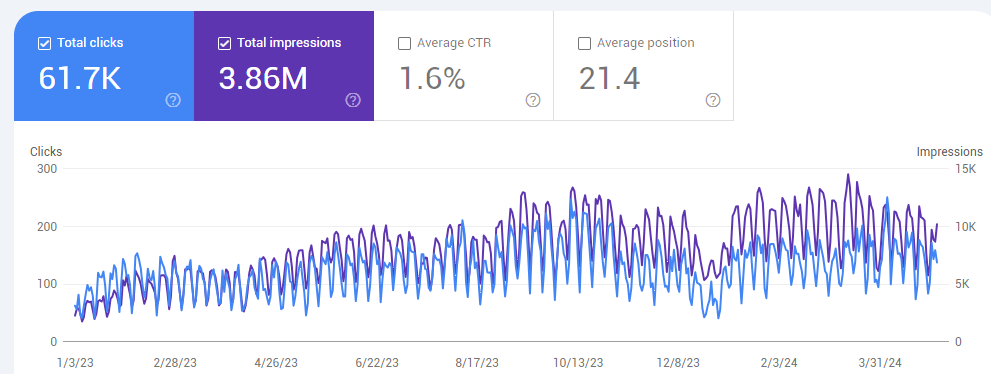
Screenshot 2024 05 04 092501
Customer Acquisition
Keywords play a pivotal role in attracting potential customers who are actively searching for products or services similar to yours. By targeting specific keywords related to your offerings, you can enhance your chances of converting website visitors into paying customers.
Keywords vs. Topics
It’s essential to distinguish between keywords and topics when devising your SEO strategy. While keywords represent specific terms or phrases, topics encompass broader themes or subjects that encompass multiple related keywords.
Both elements are integral to your content strategy and should be strategically incorporated to optimize your website’s visibility and relevance.
In the realm of SEO, there has been a shift in focus from keywords to topics. While keywords are still important in helping search engines understand what a piece of content is about, it’s the broader topics and intent behind those keywords that hold more weight now.
SEO professionals are now looking at how well a piece of content solves for the intent behind a keyword rather than just including the keyword itself.
This shift reflects a move towards creating high-quality, relevant content that truly provides value to users.
Keyword research still plays a crucial role in understanding what topics people care about and how popular those topics are among your target audience. By conducting thorough keyword research, businesses can uncover valuable insights into their customers’ interests and preferences, allowing them to create targeted content that resonates with their audience.
In essence, while keywords are no longer the sole focus of SEO efforts, they still serve as valuable indicators of popular topics and trends within a particular industry or niche.
Benefits of Keyword Research
Keyword research offers numerous benefits that can significantly enhance your SEO strategy and overall online presence.
Firstly, it helps in identifying relevant keywords and phrases that can drive targeted traffic to your website. By understanding the search intent behind these keywords, you can create content that meets the user’s needs, thereby improving user engagement and satisfaction.
Additionally, keyword research allows you to analyze keyword competition and prioritize keywords that are likely to drive results, ensuring that your efforts are focused on the most promising opportunities. This process also informs your content strategy and larger marketing strategy, helping you create content that resonates with your target audience and improves user engagement.
Ultimately, keyword research is a foundational element of a successful SEO strategy, enabling you to attract, engage, and convert your audience effectively.
Understanding Keywords and Search Volume
Keywords are the words and phrases that users enter into search engines to find relevant information online.
They are the building blocks of SEO, guiding search engines in understanding the content of your website. Search volume, on the other hand, refers to the number of times a keyword is searched per month. It is a critical metric that indicates the popularity and demand for a particular keyword.
Understanding both keywords and search volume is essential for optimizing your content and driving targeted traffic to your website. By focusing on keywords with substantial search volumes, you can increase your chances of appearing in search results and attracting more visitors.
However, it’s also important to consider the competition for these keywords and find a balance that maximizes your visibility and relevance.
What is a Keyword?
A keyword is a word or phrase that users enter into a search engine to find relevant information online. Keywords can vary in length and specificity, ranging from short-tail keywords like “coffee” to long-tail keywords like “best coffee shops in New York City.” They can also serve different purposes based on the user’s intent. For instance, informational keywords (e.g., “what is coffee”) are used by users seeking knowledge, while navigational keywords (e.g., “Starbucks”) help users find a specific website or location. Transactional keywords (e.g., “buy coffee online”) indicate a user’s intent to make a purchase, and commercial keywords (e.g., “coffee machines”) are used by users researching products or services. Understanding the different types of keywords and their purposes is crucial for creating content that meets the needs of your audience and improves your search engine rankings.
Determining Ideal Search Volumes for Keywords
Determining ideal search volumes for keywords depends on various factors, including search intent, keyword competition, industry type, and seasonality. There is no one-size-fits-all answer, but using a reputable keyword research tool can help you gauge the potential of different keywords. Tools like Google’s Keyword Planner and Google Trends can provide valuable insights into search volume trends and help validate your keyword choices. Additionally, considering long-tail keywords with lower search volumes and lower competition can be an effective way to drive targeted traffic to your website. These keywords often have a higher conversion rate because they are more specific and closely aligned with the user’s search intent. By balancing high-volume keywords with niche-specific long-tail keywords, you can create a comprehensive SEO strategy that maximizes your website’s visibility and relevance.
Elements of Keyword Research
Before diving into the practical aspects of keyword research, it’s crucial to understand the key elements that underpin a successful strategy. There are three main elements to consider when conducting this research:
Relevance
Google’s algorithms are constantly being updated to ensure that the most relevant and valuable content is ranked at the top of search results. This means that simply keyword stuffing or using black hat tactics will no longer cut it. In order to rank well in Google, your content must be highly relevant to the search query and provide value to the searcher.
One way Google determines relevance is by understanding search intent. This means that it tries to decipher what the user is looking for when they type in a specific keyword or phrase. For example, if someone searches for “best hiking trails,” Google will prioritize content that provides a comprehensive list of hiking trails with detailed reviews and recommendations.
Your content must not only match the search intent but also be better than other similar content out there. By focusing on relevance and providing high-quality, value-driven content, you can improve your chances of ranking higher in search engine results pages and ultimately drive more organic traffic to your website.
Google places a high value on authoritative sources and gives them more weight in its algorithms. This means that if you want to improve your website’s visibility and ranking on Google, you must work on establishing yourself as an authoritative source in your niche.
This can be achieved by creating high-quality, informative content that addresses the needs and interests of your target audience. By consistently producing valuable content and promoting it effectively to earn social signals and backlinks, you can increase your chances of being recognized as an authority by both users and search engines.
However, competing with established heavyweights like Forbes or The Mayo Clinic can be challenging for smaller websites that are still building their authority. In such cases, the key is to focus on creating exceptional content that stands out from the competition.
By offering unique insights, perspectives, or solutions to common problems within your industry, you can differentiate yourself from larger competitors and attract attention from both users and search engines.
While it may take time to build up your authority and credibility, staying persistent and consistently delivering valuable content will eventually pay off in terms of improved search engine rankings and increased organic traffic to your website.
Consider the authority and credibility of your website when selecting keywords. Focus on keywords that are within your domain’s competitive reach, balancing competitiveness with relevance.
Volume
While it may be exciting to see your website ranking on the first page of search engine results for a specific keyword, it is equally important to ensure that the keyword has sufficient search volume.
After all, what good is being at the top of the search results if no one is searching for that particular term? It’s like setting up shop in a ghost town – you may have the best products and services, but if there are no customers around, your efforts will go unnoticed.
In order to gauge the potential success of targeting a specific keyword, marketers often rely on MSV (monthly search volume) data. MSV represents the number of times a keyword is searched per month across all audiences.
By analyzing this metric, businesses can identify high-volume keywords that are likely to drive substantial traffic to their website.
Ultimately, understanding and prioritizing volume in keyword research plays a crucial role in optimizing SEO strategies and ensuring that efforts are focused on keywords that have the potential to generate significant visibility and traffic.
Evaluate the search volume of keywords to gauge their popularity and potential impact on your website’s traffic. Strike a balance between high-volume keywords and niche-specific terms to optimize your content effectively.
How to Research Keywords for Your SEO Strategy
Now that we’ve laid the groundwork, let’s explore a step-by-step approach to conducting keyword research:
Step 1: Make a list of important, relevant topics based on your business knowledge.
Begin by brainstorming topics that are central to your business, products, or services. Consider what your target audience is searching for and identify overarching themes or categories that align with your offerings.
Step 2: Fill in those topic buckets with keywords.
Once you’ve identified your core topics, delve deeper into each category to uncover specific keywords and phrases associated with them. Use tools like Google Autocomplete, related searches, and industry-specific resources to expand your keyword list.
Featured Resource: [Search Insights Report Template]
Step 3: Understand how intent affects keyword research and analyze accordingly.
Consider the search intent behind each keyword, categorizing them based on whether users are seeking information, looking to make a purchase, or conducting research. Tailor your content to align with the intended purpose behind each keyword to maximize its effectiveness.
Explore related search terms and long-tail keywords that complement your primary keywords. By expanding your keyword pool, you can capture a wider audience and address niche-specific queries within your industry.
Step 5: Use keyword research tools
Using keyword research tools can significantly enhance the efficiency and effectiveness of your keyword analysis process.
Here’s a closer look at some recommended tools and how you can leverage them to optimize your SEO strategy: Free keyword research tools, such as Google Keyword Planner, offer valuable insights and templates that streamline the process, making it accessible even for those with limited SEO knowledge.
The Best Keyword Research Tools
Ahrefs Webmaster Tools
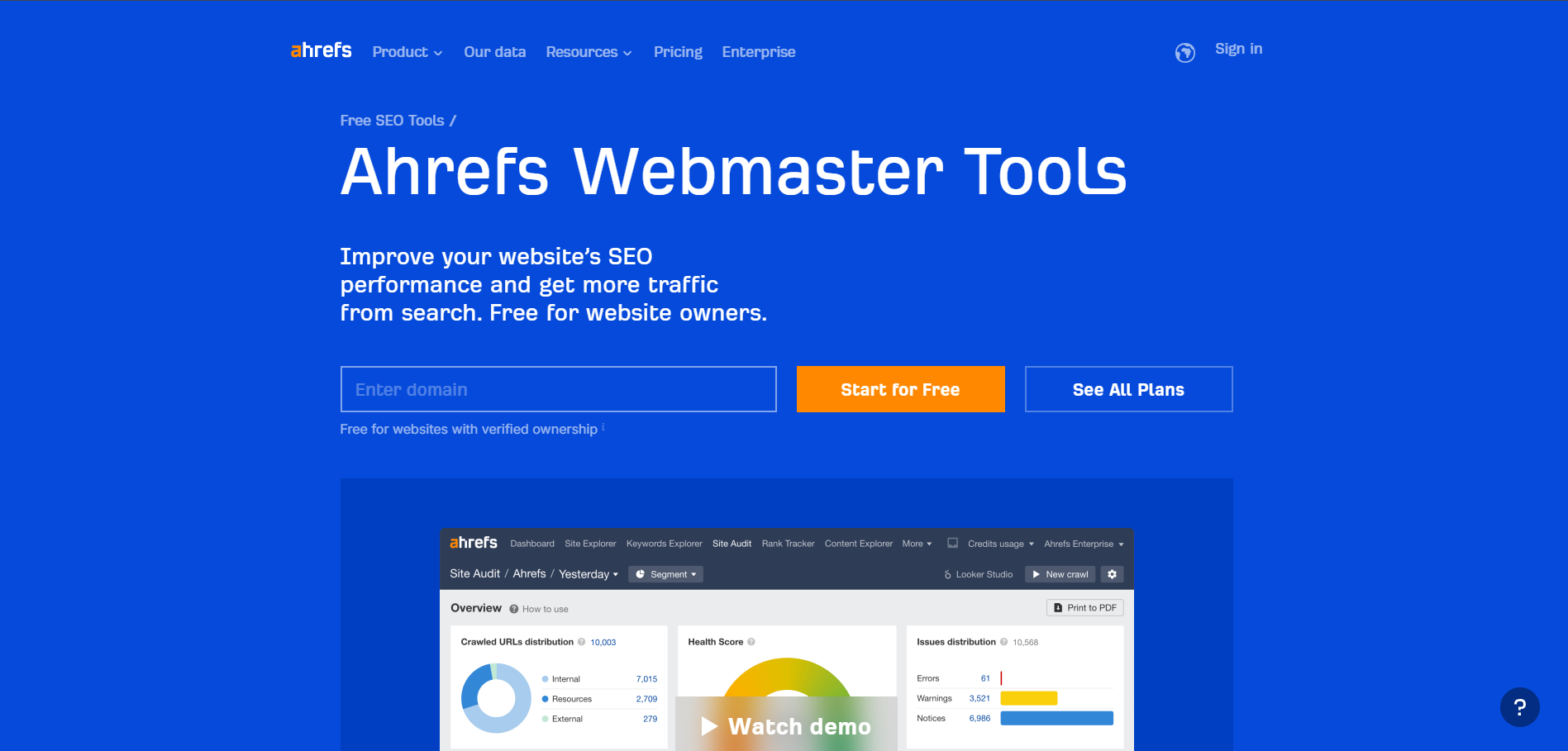
Ahrefs is a comprehensive SEO toolkit that offers a wide range of features, including powerful keyword research capabilities.
With Ahrefs Webmaster Tools, you can gain insights into your website’s performance, backlink profile, and keyword rankings. The webmaster tools provide detailed insights into verified domains, offering an overview of backlinks and organic keywords.
Ahrefs’ extensive database can help you discover new keyword opportunities, analyze competitor keywords, and track your website’s keyword rankings over time.
SE Ranking
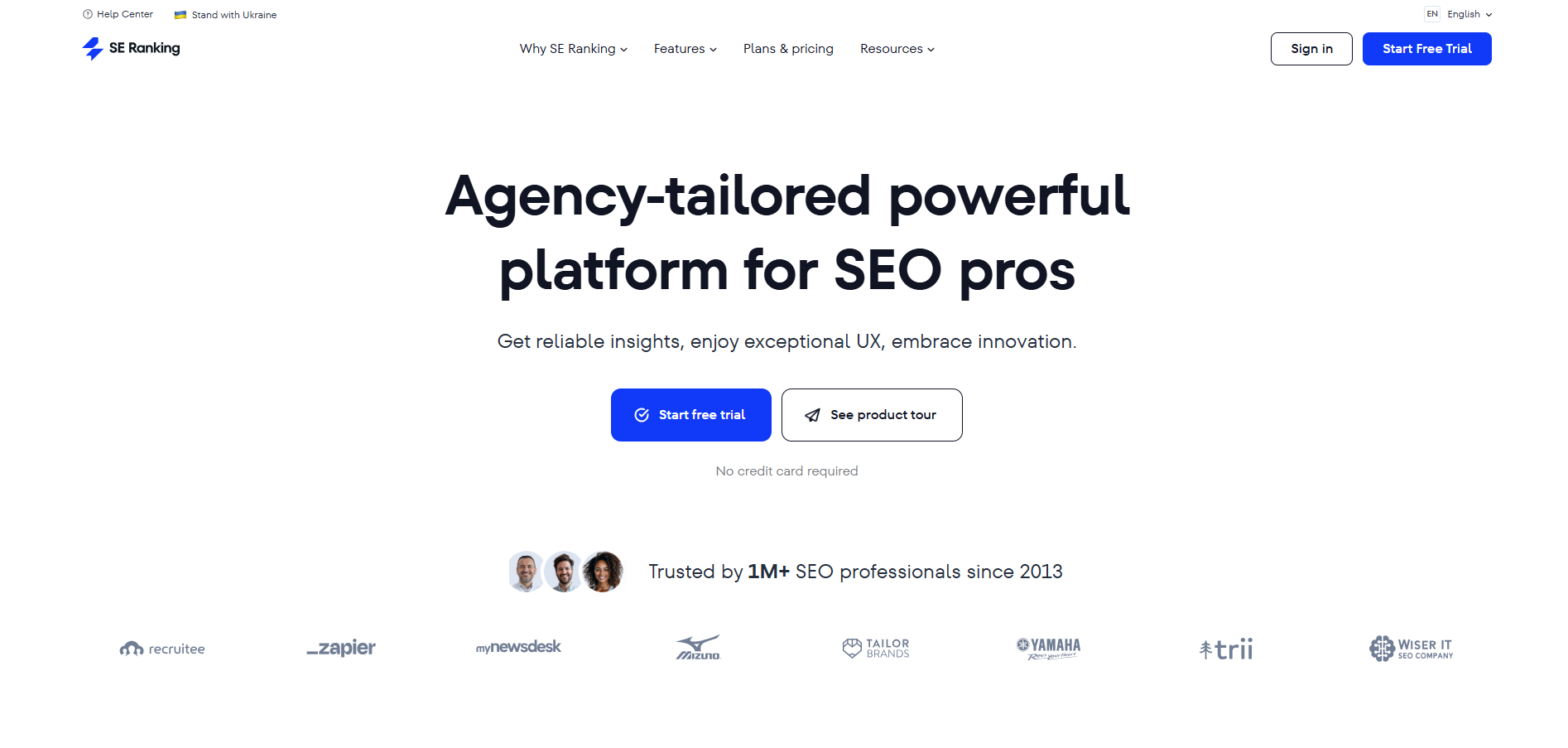
SE Ranking is an all-in-one SEO platform that provides tools for keyword research, rank tracking, website auditing, and more.
Leverage SE Ranking’s keyword research tool to identify high-potential keywords, assess their search volume and competitiveness, and track your keyword rankings across different search engines.
With SE Ranking, you can gain valuable insights into your website’s SEO performance and make data-driven decisions to optimize your strategy.
SEMrush Keyword Magic Tool

SEMrush is a leading SEO software suite trusted by marketers worldwide. The Keyword Magic Tool is one of SEMrush’s standout features, allowing you to discover millions of keyword ideas and analyze their metrics such as search volume, keyword difficulty, and CPC (Cost Per Click).
Leverage SEMrush’s advanced filtering and sorting options to narrow down your keyword list and identify the most relevant and lucrative keywords for your website.
Ubersuggest
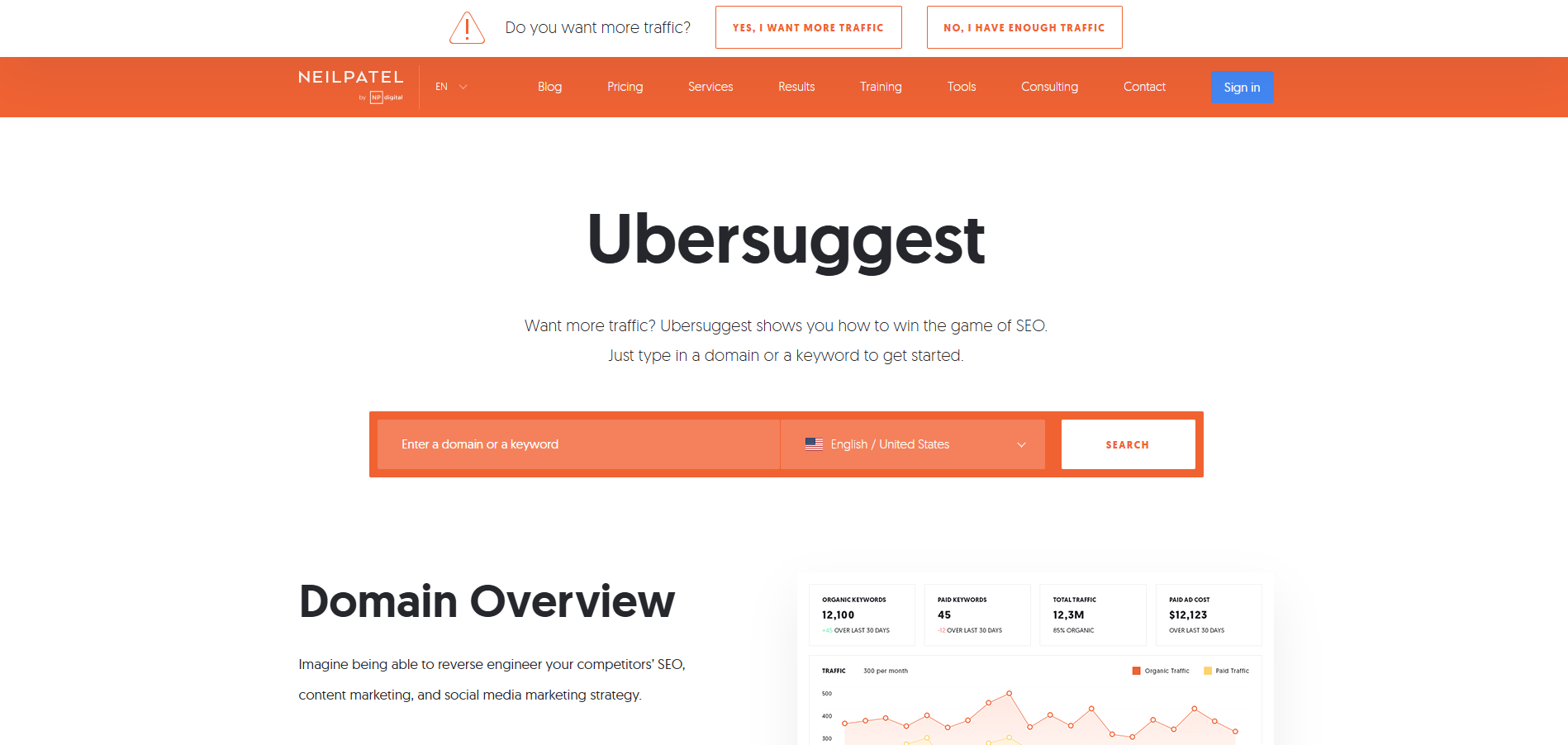
Ubersuggest is a popular keyword research tool developed by digital marketing expert Neil Patel. With Ubersuggest, you can generate keyword ideas, analyze keyword metrics, and assess keyword competition.
Use Ubersuggest’s keyword suggestions feature to uncover long-tail keywords and niche-specific phrases that may have less competition but still attract valuable organic traffic to your website.
Google Keyword Planner
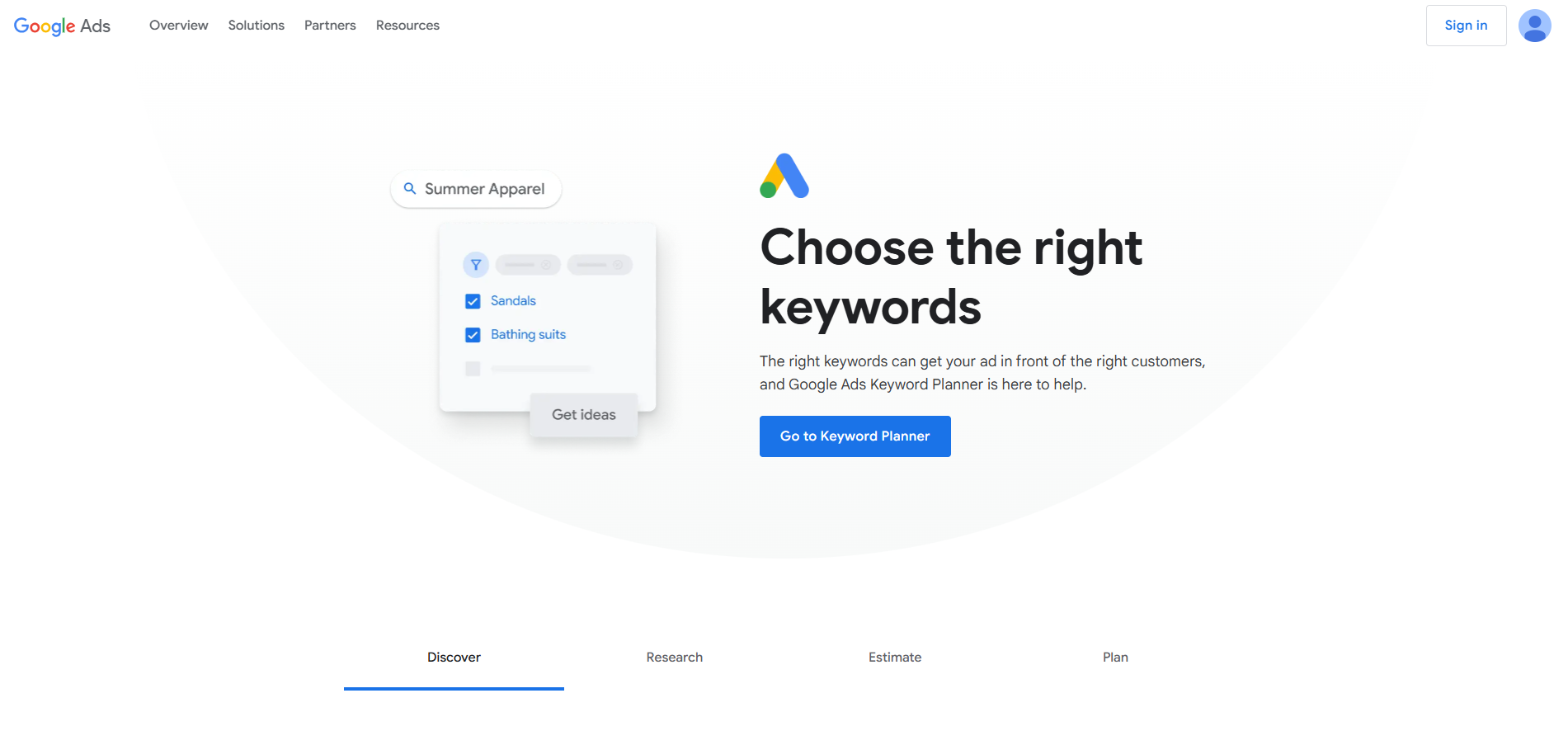
Google Keyword Planner is a free tool provided by Google Ads that allows you to research keywords and plan your advertising campaigns. While primarily designed for advertisers, Google Keyword Planner is also a valuable resource for SEO keyword research.
Explore keyword ideas, assess search volume trends, and identify relevant keywords that align with your website’s content strategy. Additionally, Google Search Console is another essential tool for tracking keywords and performance metrics.
Keywords Everywhere

Keywords Everywhere is a browser extension that displays keyword data directly within your browser as you search the web. With Keywords Everywhere, you can instantly access key metrics such as search volume, CPC, and competition for any keyword you encounter.
Leverage Keywords Everywhere to gather real-time keyword insights and make informed decisions when selecting keywords for your SEO strategy.
KeywordTool.io
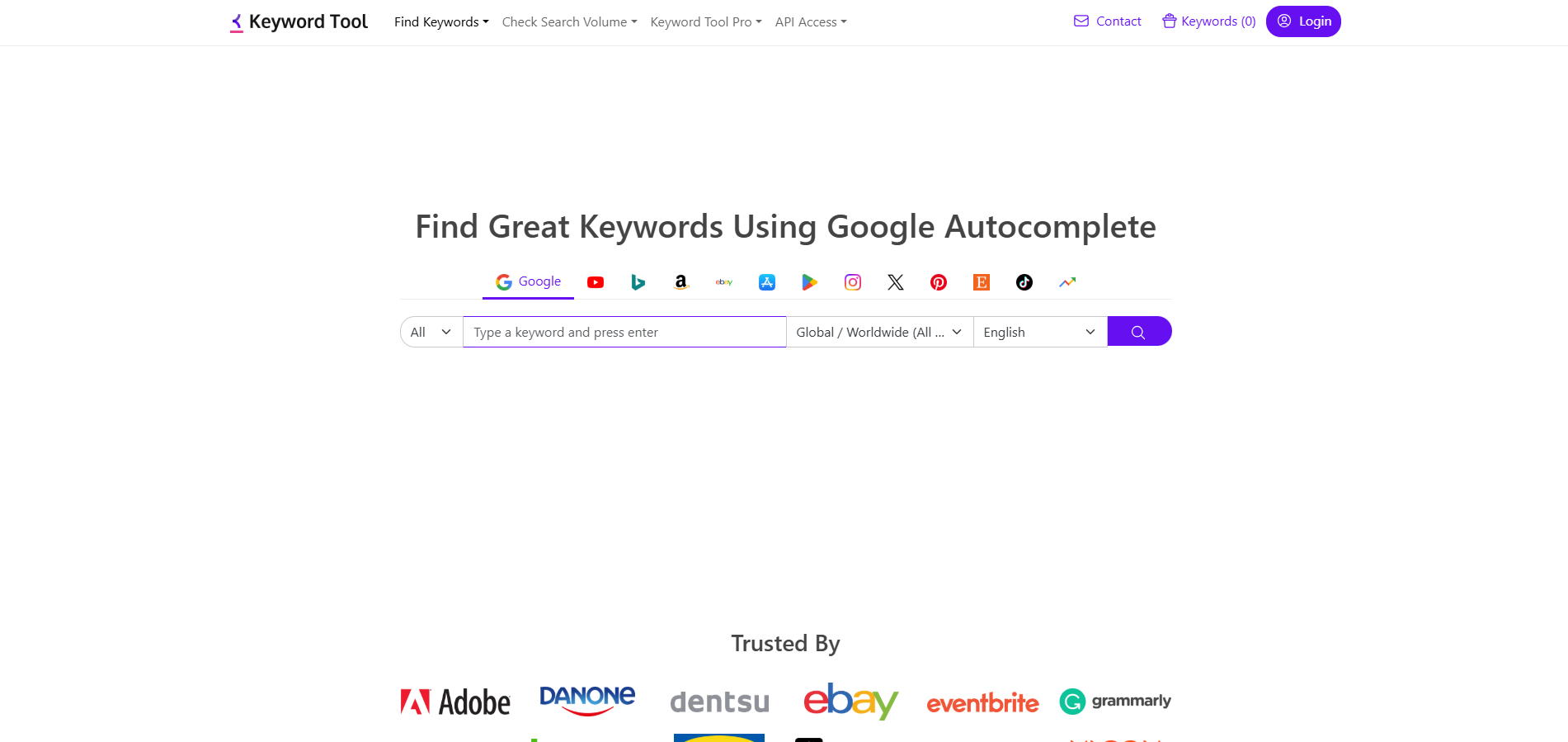
KeywordTool.io is a comprehensive keyword research tool that provides keyword suggestions for various platforms, including Google, YouTube, Bing, Amazon, and more.
With KeywordTool.io, you can uncover long-tail keywords, question-based queries, and autocomplete suggestions that can help you optimize your content for specific user intents and search queries.
KWFinder
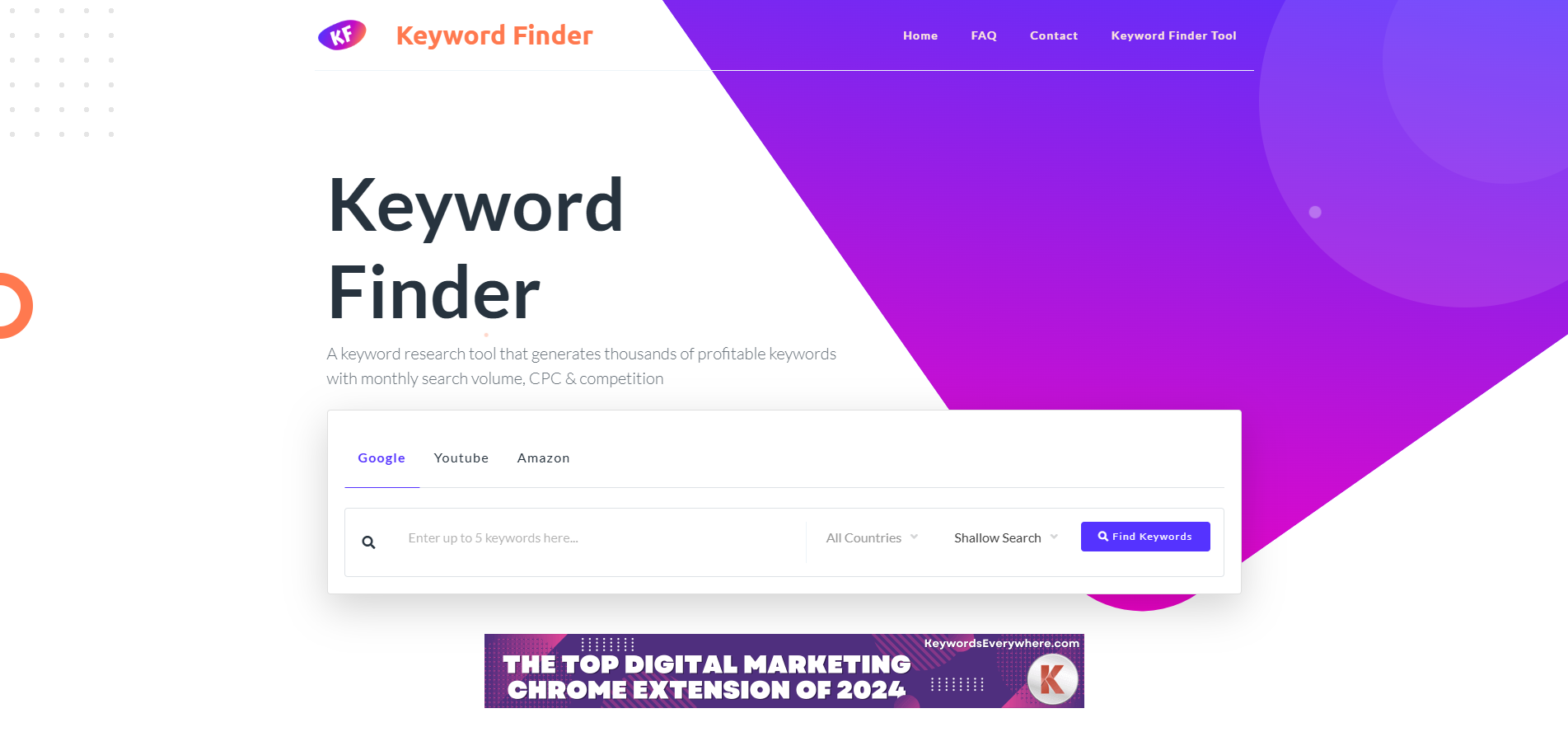
KWFinder is a user-friendly keyword research tool that offers in-depth keyword analysis, including search volume, keyword difficulty, and SERP analysis.
Leverage KWFinder’s intuitive interface to discover low-competition keywords with high search volume, allowing you to target niche markets and attract targeted organic traffic to your website.
SearchVolume.io
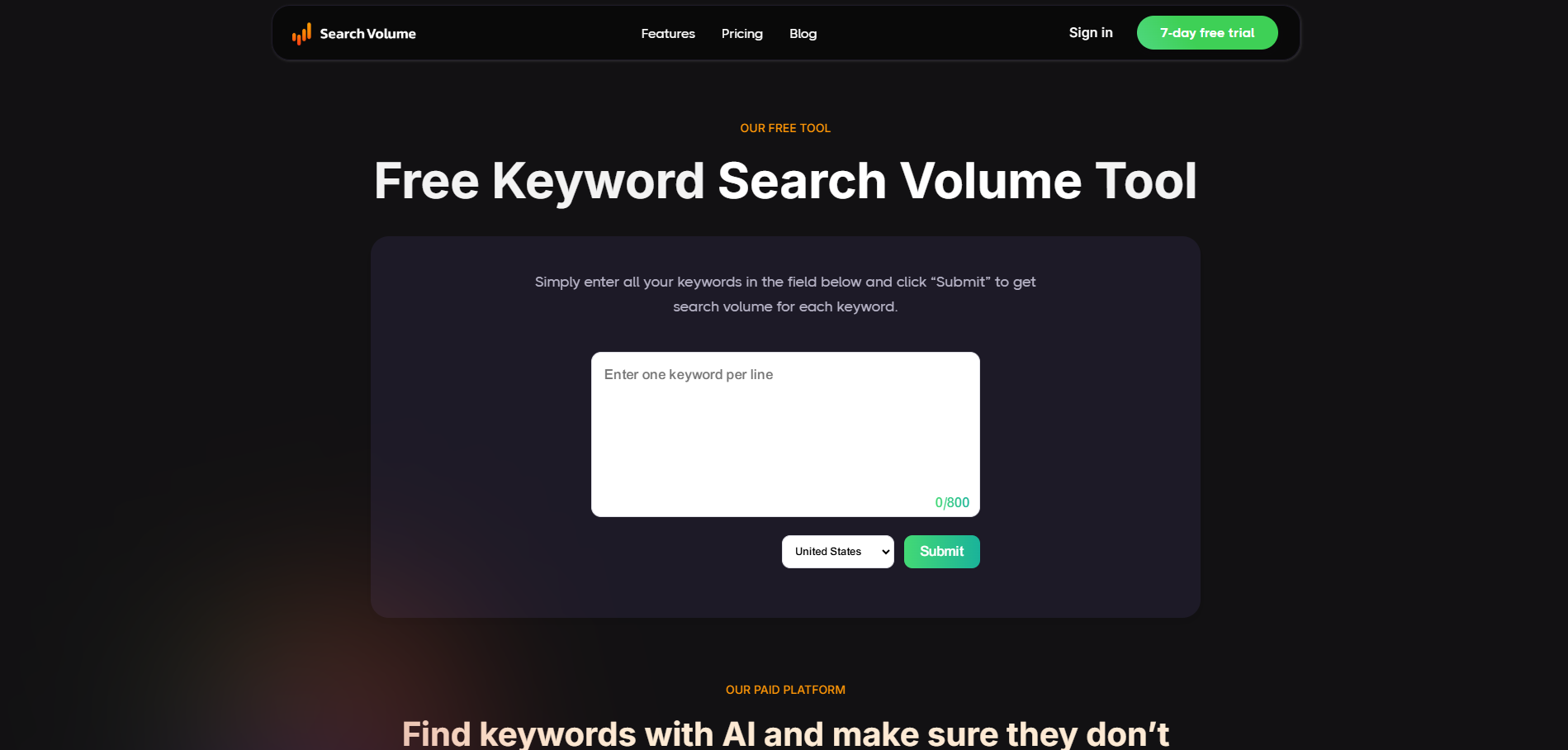
SearchVolume.io is a simple yet powerful tool for analyzing keyword search volume data. With SearchVolume.io, you can quickly assess the search volume trends for specific keywords and identify seasonal variations in search demand.
SearchVolume.io can prioritize keywords with consistent search volume and avoid targeting keywords with fluctuating search trends.
Rank Tracker
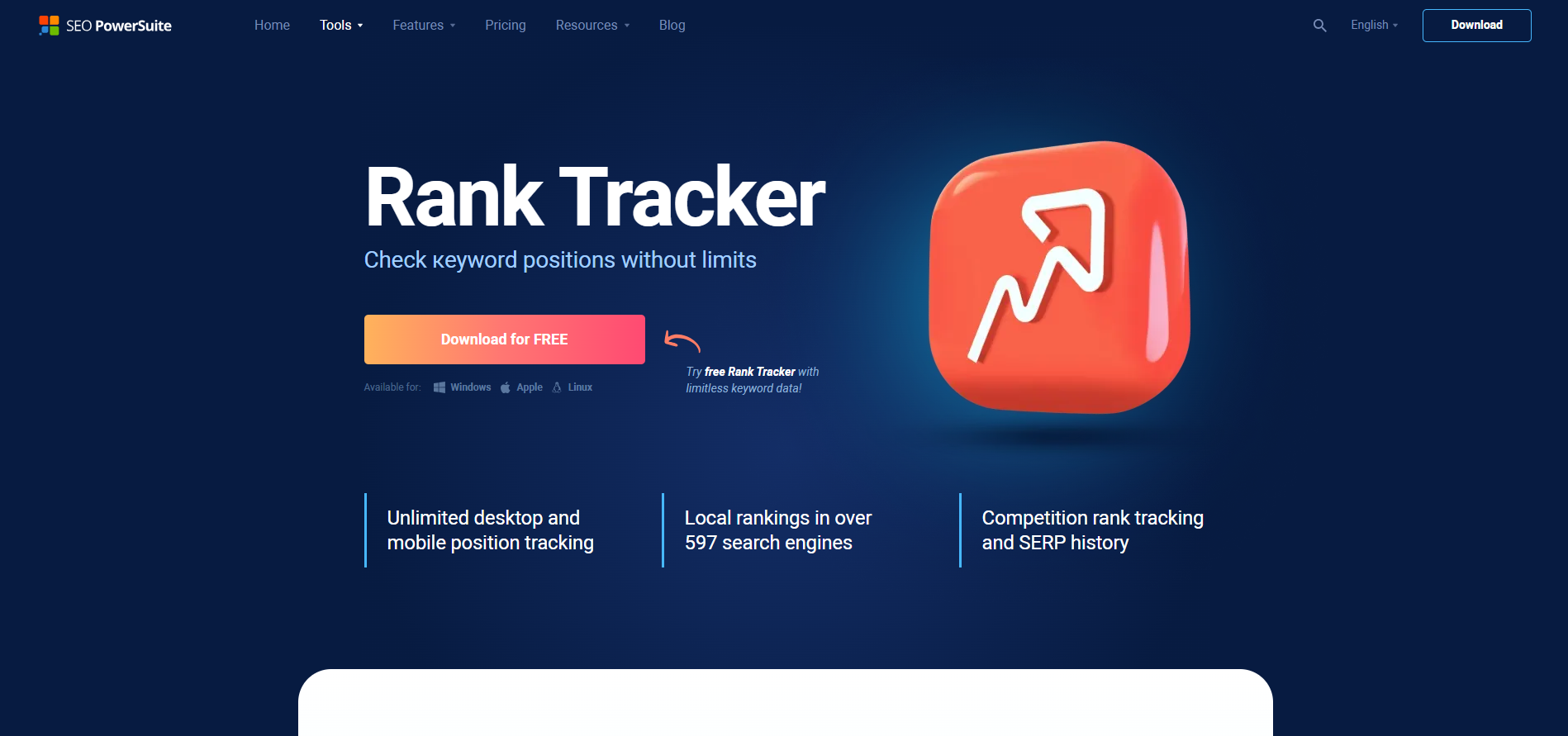
Rank Tracker is a comprehensive SEO software tool that offers keyword research, rank tracking, and website auditing capabilities.
With Rank Tracker, you can monitor your keyword rankings across multiple search engines and geographic locations, track your website’s performance over time, and identify opportunities for optimization.
Rank Tracker’s reporting features generate detailed keyword ranking reports and track your progress toward improving your website’s SEO performance.
How to Find and Choose Keywords for Your Website
With your keyword list in hand, it’s time to refine and prioritize your keywords for optimal SEO performance:
Step 1: Use Google Keyword Planner to refine your keyword list
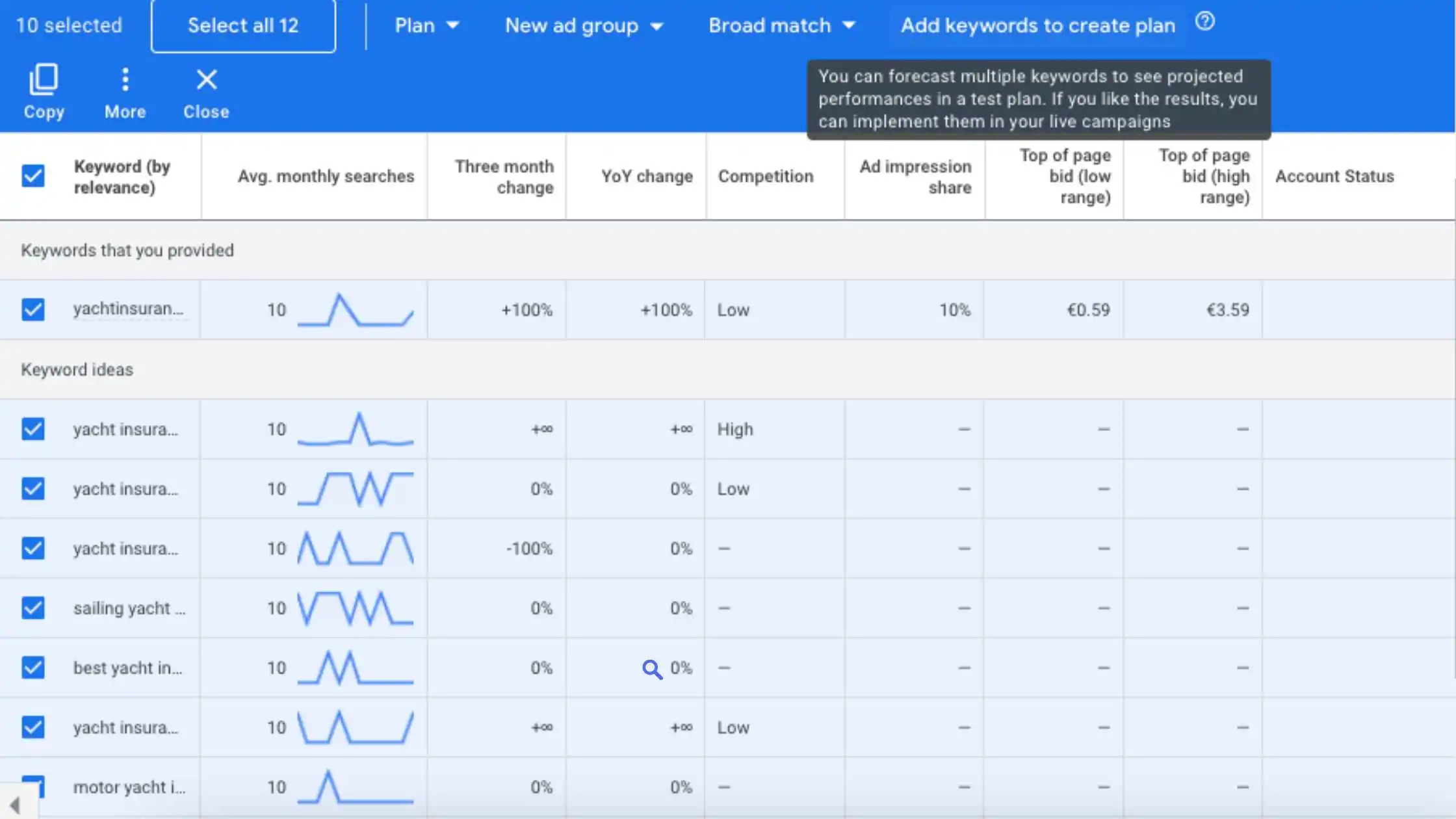
Input your keyword list into Google’s Keyword Planner to assess their search volume, traffic estimates, competitiveness, and relevance. Narrow down your list to focus on high-potential keywords that align with your website’s objectives.
After using Keyword Planner to identify high and low-performing keywords, it is important to analyze their trend history and projections in Google Trends before making any final decisions on which terms to keep or delete.
This step is crucial because it gives you a clearer picture of whether certain low-volume keywords have the potential to grow in popularity over time. It also helps you avoid investing time and resources into keywords that may not yield significant results.
By combining the data from both Keyword Planner and Google Trends, you can effectively streamline your keyword list and focus on targeting the most valuable terms for your website’s SEO efforts.
Step 2: Prioritize low-hanging fruit.

Identify “low-hanging fruit” keywords that offer a balance of decent search volume and relatively low competition. These keywords present opportunities for quick wins and can help establish your website’s authority in its niche.
By targeting keywords that are within reach based on your current authority level, you can increase your chances of ranking higher and driving organic traffic to your site.
This approach is especially beneficial for smaller companies or new websites that may not have the same level of authority as larger, more established brands.
In addition to focusing on keywords that align with your website’s authority, prioritizing low-hanging fruit also means looking for keywords with minimal competition. By targeting keywords that don’t already have numerous high-ranking articles competing for the top spot, you can position yourself as a viable contender for that keyword.
This strategy can help improve your search engine rankings and visibility, ultimately driving more traffic to your site and increasing opportunities for conversions.
Step 3: Check the monthly search volume (MSV) for keywords you’ve chosen.

Evaluate the monthly search volume of your chosen keywords to gauge their popularity and demand among users. Prioritize keywords with moderate to high search volume to maximize your website’s visibility and traffic potential.
When it comes to creating valuable and engaging content, understanding what people are actively searching for is key. This is where checking the monthly search volume (MSV) for keywords comes into play.
By knowing how often certain keywords are being entered into search engines each month, you can tailor your content to match the interests and needs of your target audience. Tools like searchvolume.io or Google Trends can provide valuable insights into which keywords are currently trending or have a high search volume within specific keyword clusters.
By utilizing these tools to examine MSV data, you can ensure that the topics you choose to write about are relevant and in demand. This not only increases the chances of your content being discovered by a larger audience but also positions you as a trusted source of information within your niche.
Monitoring monthly search volumes allows you to stay up-to-date on any shifts in popular topics or search trends, enabling you to adapt your content strategy accordingly and remain competitive in the ever-evolving digital landscape. In essence, incorporating MSV analysis into your keyword research process is essential for driving traffic to your site and creating content that resonates with your readers.
Step 4: Factor in SERP features as you choose keywords.

Take into account the various SERP features, such as image packs, paragraph snippets, list snippets, and video snippets, that appear for specific keywords.
These snippets can greatly impact the visibility and click-through rates of your website on the search engine results page. By incorporating keywords that align with these features, you can increase the chances of your website being showcased in a prominent position on the search results pages.
Choose keywords that align with your content format and optimize accordingly to increase your chances of earning featured snippets and enhanced search visibility.
Answer boxes provide a direct and concise answer to a user’s query at the top of the search results page.
Knowledge panels display relevant information about a specific topic or entity on the right side of the search results page.
Featured snippets showcase a snippet of content from a webpage that directly answers a user’s question without them having to click through to the website.
Image packs display a collection of images related to the search query, while local packs show nearby businesses or locations related to the user’s query.
Understanding these different types of SERP features can help you optimize your keyword selection and improve your website’s visibility on Google.
Step 5: Check for a mix of head terms and long-tail keywords in each bucket.
Strike a balance between head terms (short, broad keywords) and long-tail keywords (more specific, niche-focused phrases) within your keyword buckets. Incorporating a mix of both types of keywords allows you to cater to different user search preferences and capture a broader audience.
When it comes to creating a well-rounded keyword strategy, it’s crucial to ensure that your keyword buckets contain a mix of head terms and long-tail keywords. Head terms are essential for targeting broader search queries with high search volume, but they also come with intense competition that can make it challenging to rank for them. Keyword lists can be effectively clustered and utilized in keyword mapping and optimization strategies to ensure a well-balanced approach.
On the other hand, long-tail keywords offer more specific and targeted search queries that tend to have lower competition, making them easier to rank for in the short term.
For example, if we take the keyword “how to write a great blog post,” this would be considered a long-tail keyword due to its length and specificity. While it may not have as high of search volume as a head term like “blogging tips,” it can still attract valuable traffic from users specifically looking for information on writing quality blog posts.
By incorporating a mix of both head terms and long-tail keywords in your keyword buckets, you can create a balanced strategy that targets both short-term wins and long-term success in search engine rankings.
Step 6: See how competitors are ranking for these keywords.
Conduct competitor analysis to gain insights into how your competitors are ranking for your target keywords. Identify gaps and opportunities in their strategies and use this information to refine your own keyword targeting approach.
It’s important to not blindly follow the lead of your competitors when it comes to keyword rankings.
Just because they are focusing on certain keywords doesn’t mean those keywords are relevant or important for your own business goals. However, analyzing your competitors’ keyword strategies can provide valuable insights and data for evaluating and refining your own list of keywords.
If you see that a competitor is consistently ranking well for certain keywords that are also on your list, it can be a clear indication of their importance in the industry and may prompt you to adjust your strategy accordingly.
On the flip side, don’t overlook the keywords that your competitors aren’t prioritizing. They may have missed potential opportunities or underestimated certain keywords that could actually be beneficial for your website.
By considering both the keywords that your competitors are targeting and those they are ignoring, you can gain a more comprehensive understanding of the competitive landscape and make informed decisions about how to best position yourself in search engine results.
Ultimately, staying informed about your competitors’ keyword rankings can be a valuable tool in optimizing your own SEO strategy and improving your online visibility.
The Best Keywords for SEO
Unlocking the potential of your website’s SEO strategy hinges on selecting the most effective keywords. Through a methodical approach and utilizing appropriate keyword research tools, you can pinpoint the optimal keywords tailored to your niche.
It’s crucial to strike a delicate balance between relevance, ensuring your content aligns with user intent, search volume, indicating the level of interest in those keywords; and competition, evaluating the difficulty of ranking for those terms.
This strategic alignment not only enhances your website’s visibility but also amplifies its organic traffic potential, positioning you for sustainable growth in the digital landscape.
You’ve Got the Right Keywords for Your Website’s SEO
Armed with the insights and strategies outlined in this guide, you’re now equipped to embark on your keyword research journey with confidence.
Remember that keyword research is an ongoing process, requiring continuous monitoring, analysis, and optimization to adapt to evolving search trends and user behavior.
By investing time and effort into refining your keyword strategy, you can unlock the full potential of your website’s SEO and drive sustainable growth in organic traffic and search engine rankings.
Frequently Asked Questions (FAQ)
1. What is keyword research in SEO?
Keyword research is the process of identifying and analyzing the words and phrases that people enter into search engines to find relevant information. It helps in understanding the search behavior of your target audience and optimizing your content to improve visibility and rankings on search engine results pages (SERPs).
2. Why is keyword research important for SEO?
Keyword research is crucial because it helps you understand what your target audience is searching for, allowing you to create content that meets their needs. This alignment increases your chances of ranking higher on SERPs, driving more organic traffic to your website, and ultimately boosting conversions.
3. How do I choose the right keywords for my website?
To choose the right keywords, consider factors such as relevance to your content, search volume, and keyword competition. Use keyword research tools like Google Keyword Planner or SEMrush to gather data and prioritize keywords that align with your SEO strategy and business goals.
4. What is the difference between short-tail and long-tail keywords?
Short-tail keywords are broad, general search terms with high search volume but also high competition (e.g., “coffee”). Long-tail keywords are more specific phrases with lower search volume but less competition, making them easier to rank for (e.g., “best coffee shops in New York City”).
5. How often should I conduct keyword research?
Keyword research should be an ongoing process. Regularly revisit and update your keyword strategy to adapt to changing search trends, user behavior, and industry developments. Continuous analysis ensures your content remains relevant and competitive.
6. Can free keyword research tools be effective?
Yes, free keyword research tools like Google Keyword Planner and Ubersuggest can provide valuable insights into keyword ideas, search volumes, and competition. While they may have limitations compared to paid tools, they are sufficient for getting started with keyword research.
7. What role does search intent play in keyword research?
Search intent refers to the purpose behind a user’s search query. Understanding search intent helps you create content that matches what users are looking for, whether it’s information, a product, or a service. Aligning your content with search intent increases relevance and engagement.
8. How do I analyze keyword competition?
Keyword competition can be analyzed using SEO tools that provide metrics like keyword difficulty. This metric indicates how challenging it is to rank for a particular keyword based on factors like the authority of competing websites and the quality of their content.
9. What is a keyword cluster?
A keyword cluster is a group of related keywords that revolve around a central topic. Using keyword clusters in your content strategy helps you cover a topic comprehensively, improve search engine rankings, and capture a wider audience.





